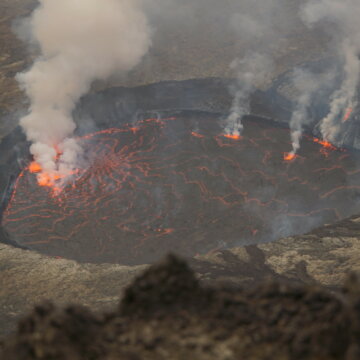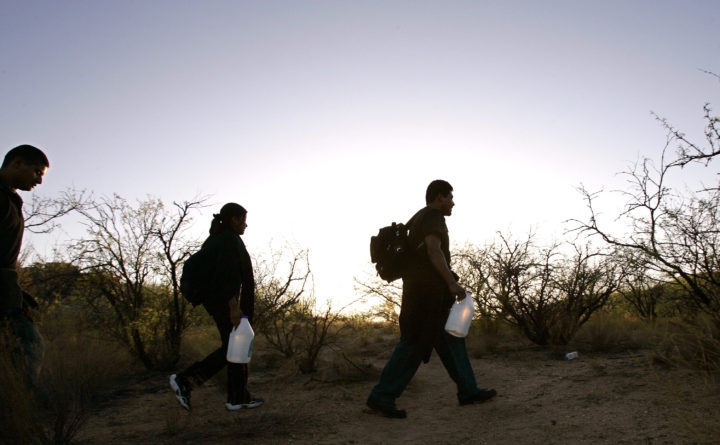- About
- Topics
- Picks
- Audio
- Story
- In-Depth
- Opinion
- News
- Donate
-
Signup for our newsletterOur Editors' Best Picks.Send
Read, Debate: Engage.
| topic: | Natural disaster |
|---|---|
| located: | Democratic Republic of the Congo |
| editor: | Bob Koigi |
The recent volcanic eruption in Democratic Republic of Congo’s Mount Nyiragoingo, one of the world’s most active and dangerous volcanoes, has led to a humanitarian crisis with 32 people dead and hundreds injured or missing.
The lava that spilled in the lakeside city of Goma that is home to 2 million people in the eastern side of the country, has destroyed entire villages by flattening over 500 homes and knocking down a primary school, three health centers and a water pipeline. Thousands of residents in the area have fled, fearing that the phenomenon might strike again. Over 100 children are missing and nearly 280,000 are now staring at displacement that may alter their lives as a result of the seismic activity according to UNICEF.
This has rekindled memories from the 2002 eruption that killed 250 people and rendered over 100,000 others homeless.
The current situation is aggravated by destruction of roads by the lava, which has made transportation of humanitarian aid products difficult.
This event took place in an area where about 280,000 people who have been displaced by conflicts have been relying on aid. The eruption comes as the country grapples with decades of armed conflict that has devastated livelihoods and displaced over 2 million people. This, coupled with the COVID-19 situation, has stretched the country’s resources and thousands of citizens are crossing over to neighbouring countries like Rwanda.
As humanitarian agencies and governments step up efforts to offer support, the safety of residents, among them children, should be prioritised as they struggle to come to terms with the disruption to their lives.
Furthermore, proper mechanisms need to be instituted to foster better response to future eruptions.

